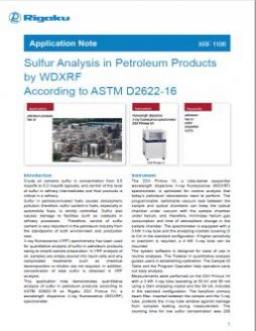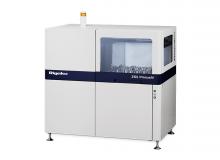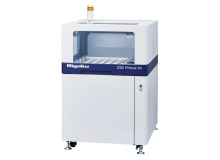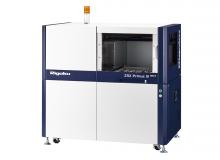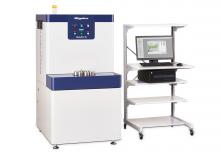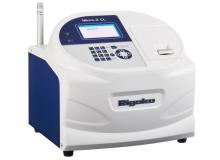Crude oil contains sulfur in concentration from 0.5 mass% to 5.0 mass% typically, and control of the level of sulfur in refinery intermediates and final products is critical in a refinery. Sulfur in petroleum-based fuels causes atmospheric pollution; therefore, sulfur content in fuels, especially in automobile fuels, is strictly controlled. Sulfur also causes damage to facilities such as catalysts in refinery processes. Therefore, control of sulfur content is very important in the petroleum industry from the standpoints of both environment and production cost.
X-ray fluorescence (XRF) spectrometry has been used for quantitative analysis of sulfur in petroleum products, owing to simple sample preparation. In XRF analysis of oil, samples are simply poured into liquid cells and any complicated treatments such as chemical decomposition or dilution are not required. In addition, concentration of total sulfur is obtained in XRF analysis.
This application note demonstrates quantitative analysis of sulfur in petroleum products according to ASTM D2622-16 on Rigaku ZSX Primus IVi, a wavelength dispersive X-ray fluorescence (WDXRF) spectrometer.
WDXRF Products from Rigaku
Benchtop tube below sequential WDXRF spectrometer analyzes O through U in solids, liquids and powders
High power, tube above, sequential WDXRF spectrometer with new ZSX Guidance expert system software
High-power, tube-below, sequential WDXRF spectrometer with new ZSX Guidance expert system software
Affordable, high-end, tube-above Industrial WDXRF for the analysis of solid samples
High-throughput tube-above multi-channel simultaneous WDXRF spectrometer analyzes Be through U

